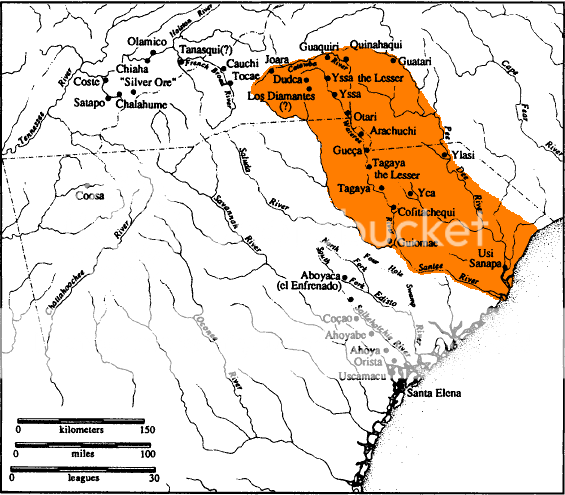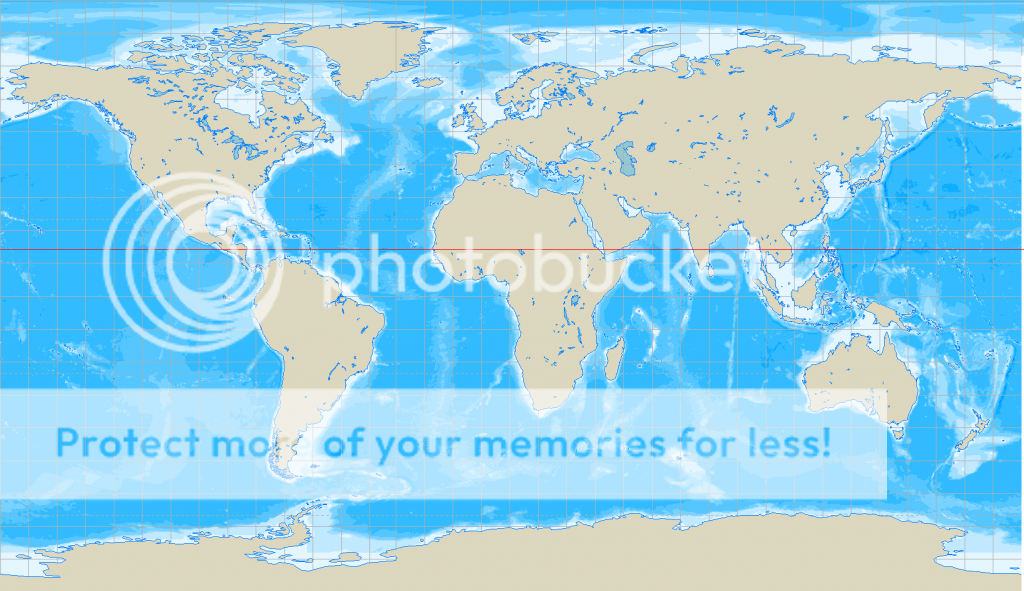There was some really interesting discussion in the days after I tuned out of this project. Codae, you're entries are great.
I am thinking about putting together a simplistic overview of what we have so far, that way we can see what areas need more exploration. For now though, this bump will do.
I am thinking about putting together a simplistic overview of what we have so far, that way we can see what areas need more exploration. For now though, this bump will do.

